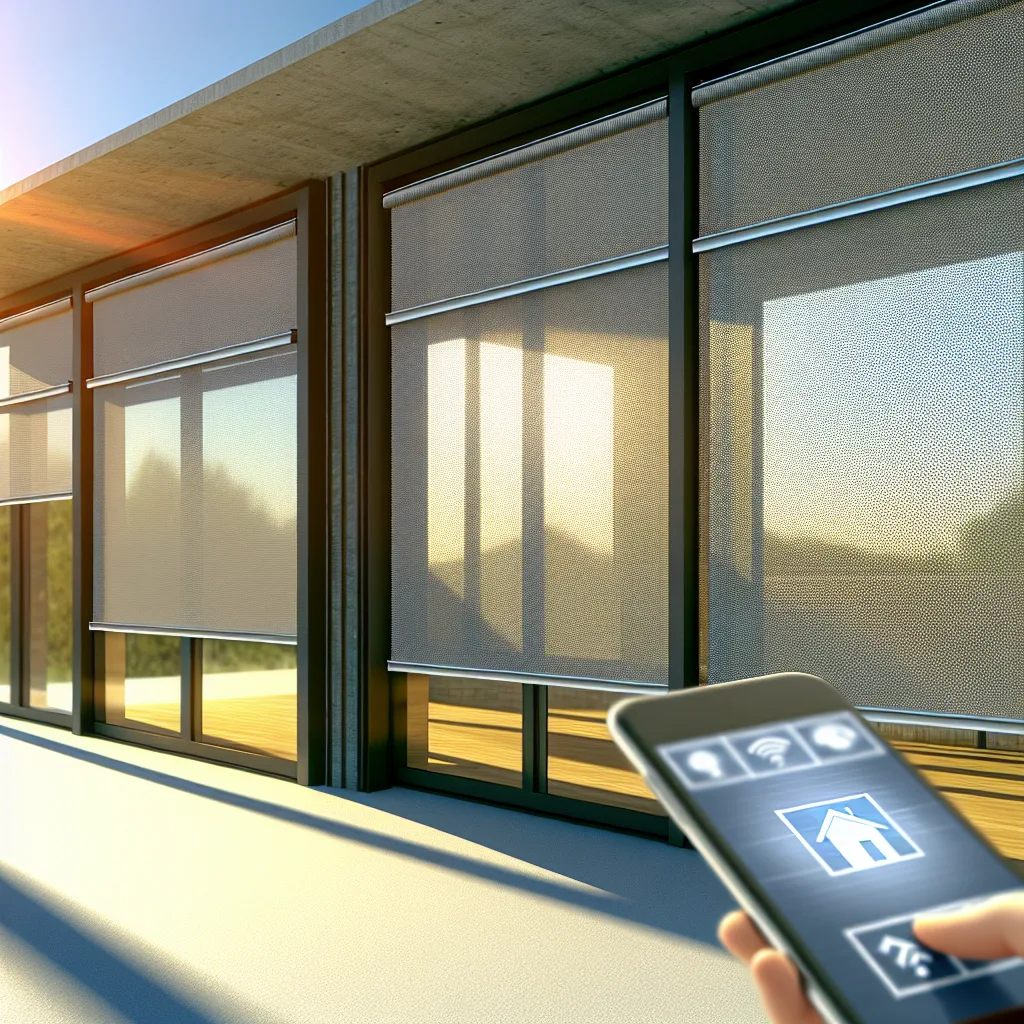Explore practical options for outside sun screens and find out what really works for smart homes
If you’ve started dabbling in home automation, like I have with my own setup using Home Assistant, you might find yourself thinking about every little detail that can improve your space. One item that I’m currently exploring is outside sun screens for my windows. They can be a smart addition to your home automation toolkit, especially as they offer a great way to manage sunlight and heat entering your home.
Why Consider Outside Sun Screens?
Outside sun screens are essentially window coverings installed on the exterior of your house. Their main job? To block or reduce the sun’s rays before they even hit your windows. This can help keep your home cooler in the summer and protect your furniture from sun damage.
I started looking into them because I wanted a simple way to automate comfort and energy efficiency. By integrating outside sun screens with my home automation system, I can control the amount of sunlight with the tap of a phone or automate them based on the time of day or the weather.
Types of Outside Sun Screens and Their Pros and Cons
There are several types of outside sun screens you might come across:
- Motorized Roller Shades: These are popular for automation because they can be easily raised and lowered via smart controls. They look neat and offer flexible shading but can be pricier. Motorized systems often integrate well with platforms like Home Assistant using smart hubs.
- Fixed Mesh Screens: These are stationary screens installed on the outside of windows. They don’t move but are very durable and low maintenance. Since they’re fixed, you lose some of the flexibility in controlling light but gain in simplicity and cost-effectiveness.
-
Retractable Awnings: While not exactly screens, retractable awnings offer broad coverage and shade. These can also be automated, but they usually require more space and can be more complex to install.
What to Look Out For When Choosing Sun Screens
Choosing the right outside sun screens is not just about the look or automation. Here are some things I learned to think about:
- Material Durability: Since these screens face the elements, pick materials that can withstand sun, rain, and wind. Look for UV-resistant fabrics or mesh.
-
Compatibility with Automation Systems: If you’re into smart homes, you want systems compatible with your home automation platform. Check if they work with devices like Zigbee or Z-Wave, or if they can be controlled via Wi-Fi.
-
Installation and Maintenance: Consider how easy it is to install and maintain your screens. Motorized options might need professional installation, while fixed screens can be DIY.
-
Energy Efficiency: Look for products certified for energy savings. Some screens have ratings that prove their effectiveness at blocking infrared rays and reducing heat gain.
Bringing It All Together: My Take
I found that outside sun screens are more than just window dressings. They’re a practical upgrade for anyone looking to automate comfort and cut down on cooling costs. Integrating them with a system like Home Assistant means you can have automated shading that responds to weather or the time of day without lifting a finger.
For those curious, manufacturers like Somfy offer motorized shading solutions that integrate smoothly with home automation hubs, and companies like Bekaert provide durable mesh screens that stand up well to outdoor conditions.
If you want to read up more on the benefits and installation tips, Energy.gov’s guide on window treatments is a reliable resource.
So, if you’re wondering whether outside sun screens are worth it, I’d say yes — especially if you enjoy tweaking your smart home to be more comfortable and efficient. Just think about your needs, budget, and how much automation you want, then pick what suits you best.
And remember, sometimes the little things like sun screens make a noticeable difference in your daily comfort at home.
